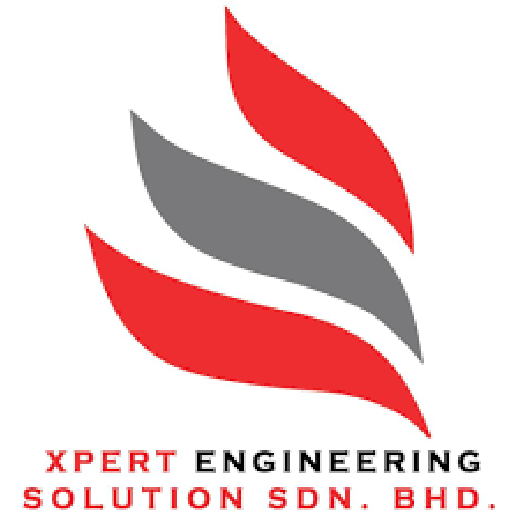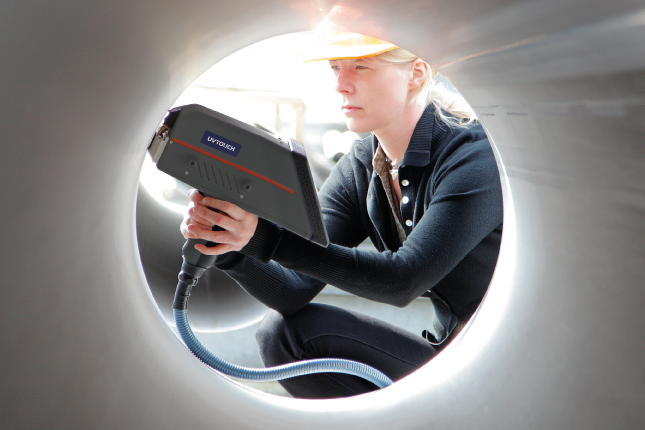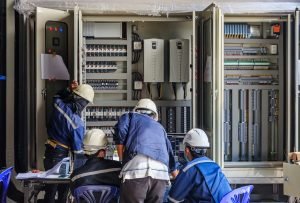Positive Material Identification (PMI) testing has made a name for itself thanks to its rapid, secure, and effective way of ensuring the topmost product quality. In this article, we’ll introduce PMI in a concise manner and explore the type of PMI in Malaysia.
Nowadays, companies are depending more and more on analysis to swiftly and precisely ascertain the chemical composition of materials and equipment. This is where PMI comes in, providing an effective evaluation of product conditions.
An Introduction to Positive Material Identification (PMI)
PMI describes the analysis and identification of materials using various non-destructive testing methods. Widely spread, PMI is a technique that may be used in a lab or in the field with portable instruments to identify the alloy composition of materials.
The method safely examines the chemical composition of the on-site materials without causing any damage.
PMI analysers come in various sizes and shapes, from mobile to handheld. This enables NDT technicians to confidently check the safety of equipment or materials they’re testing.
As such, PMI is a tremendously significant instrument in unfortunate events. For instance, in a situation where the material certificate for a component has been lost, destroyed, or is otherwise absent.
PMI testing is crucial in analysing heat and corrosion resistance, weldability, and durability. The test helps to ensure safe and seamless operations.
PMI is typically performed after construction is complete since it is crucial to ensure that the materials used in construction are as specified by the design.
Read More: Non-Destructive Testing (NDT) Methods & Benefits In Malaysia
Types of PMI in Malaysia
There are several types or methods of PMI available. However, we’ll focus on two of the more commonly known methods: XRF and OES.
X-Ray Fluorescence (XRF)
XRF operates by exposing the material being examined to an X-ray, which prompts the material to respond by emitting its own secondary X-rays. Regardless of the composition of a given substance, the amount of X-rays it emits is always constant.
Hence, the chemical composition of any unknown material can be ascertained by examining the secondary X-rays.
Having said that, one should remember that XRF cannot differentiate between material grades for particular elements, including silicon and carbon.
Optical Emission Spectroscopy (OES)
OES uses an electrode and an electrical spark to break down materials. Similar to how X-rays function, this spark causes the material to release light, which will vary in colour and intensity depending on the medium from which it is emitted.
OES often provides a more thorough picture than XRF and is the only technique that can differentiate between different quantities of carbon in a material.
Although OES is regarded as a non-destructive technology, the procedure does result in some mild surface burning.
Providing Best-Practice PMI Service in Malaysia
Choosing the right technology to elevate your business operations may be a bit overwhelming, especially if you’re new in the industry.
Fret not, as Xpert Engineering is here to help you every step of the way. We offer comprehensive Positive Material Identification services to identify and analyse various materials accurately.





